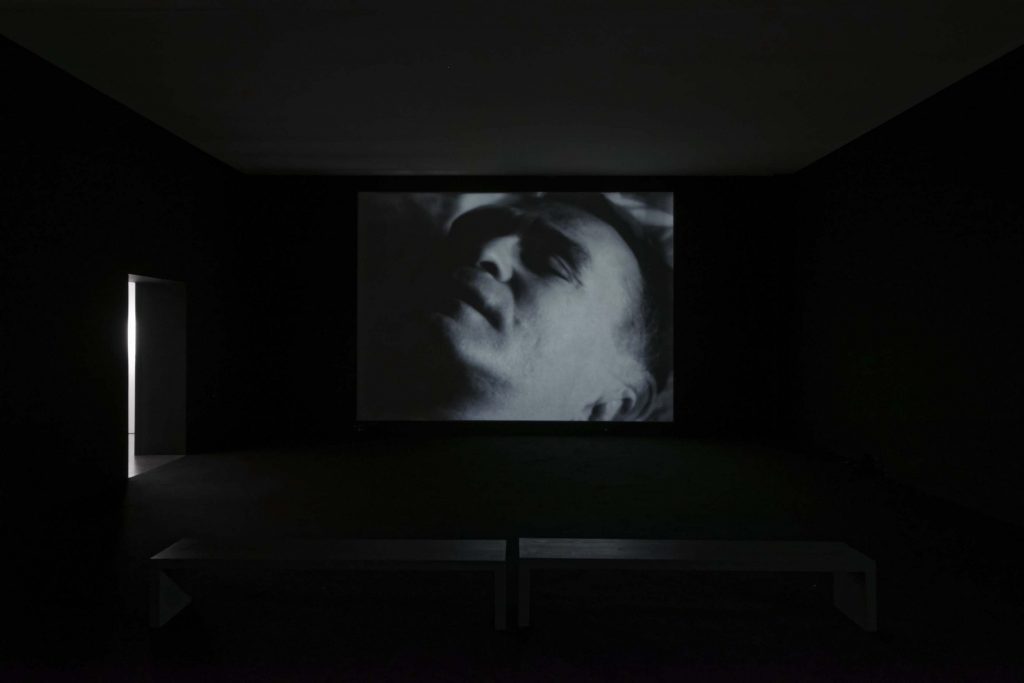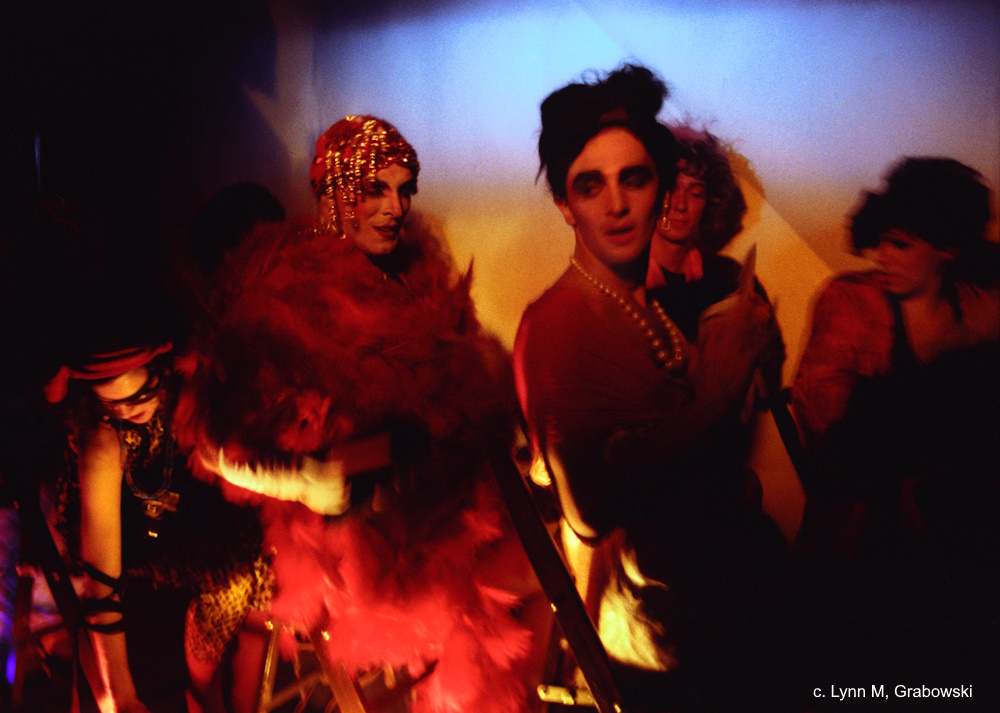
With a keenly observed arc of history and personal narrative from lived experience, Carlo McCormick reflects on Howl! Happening’s chapter of the city-wide festival, Ugo Rondinone’s: I ♥ John Giorno
To live in New York is to live with the noise of your neighbors. The volume of this city, both in terms of its loudness and incessant assault, defines us and describes our culture. You hear it in the music we make and the words we write, as much as you see it in the paintings, movies and dances we create. We inhabit the din and learn to breathe it in as a kind of non-linear thinking, aggressions and intrusions bubbling like a torrent into the gurgling of a stream. Those rare moments of utter silence and stillness we encounter, coming home too late into the morning hours or in the hush of a new snowfall, become the sublime punctuation in the fever pitch. Studies show that a certain level of noise somehow helps us creatively, like a scuffed surface somehow ameliorates the glare of the empty page or blank canvas—a clamor and business that distracts and inspires, keeping us from going off like Jack Nicholson in The Shining.
If art is our answer to the void—how we fight back the horror vacui of being, filling up the silence and its questioning emptiness—then quietude is a problem that we must breach by our very need to communicate. This is the city: the music played too loud; the traffic and its horns; the maddening rumble of that endless construction; the stories of the neighborhood gone-by, shared by the old ladies on the block as an esoteric past that binds us; the laughter of children; the voices raised in anger. Howl’s neighbor John Giorno has been hurtling his words into this rapturous cacophony for more than half a century now. If you ever saw the man, read his work or listened to his records, you would know he’s always going to be a noisy neighbor, even when you’re safely out of earshot. He’s the kind of guy who can’t shut up, speaking with an urgency that makes people bask in his linguistic and sonic onslaught.
How could Andy Warhol ever choose John Giorno as the subject, muse and star of Sleep, his first movie? Perhaps it was the very wonder that this young man of such impossible vitality—and of so many words—might ever lie dormant and unspeaking for so long a time. Maybe the twitchiness of companionship, of sharing the hush when insomnia calls was the motivation, or the sheer radicalism of an art so still and silent, as evident now as in 1963, when the film was made. As a movie, it just lies there for over five hours, a sleeping beauty awaiting a happy ending that can never come, somewhere between the sheets of John Cage’s 4’33” and Nam June Paik’s Zen for Film. None of us could ever sit so inert or quiet, especially for art. In a dream of sleep that intervenes action, a montage of discontinuous shots impersonating real time, immobility looped and slowed down to inertia, the pop artist looms like a succubus, omnipresent in his absence. The camera, screen, and viewer are complicit, transfixed, like a very long flight you wish to sleep through but can’t.
Pierre Huyghe, who has made a maddeningly meta body of work about blurring the distinctions between representation and reality—along the fractures of memory, identity and narrative within all fiction, has returned to Warhol’s Sleep, with its long-ago banished protagonist Giorno telling his own story this time. Like all of Huyghe’s intrepid postmodernisms (which range from recreating the real life bank robbery depicted in Dog Day Afternoon, to buying a manga character meant for advertising purposes and lending it out to artists, to commissioning someone infected by the flu virus to walk around a gallery as his own art), the subject seems almost an excuse, the vehicle for a journey that is inherently about going off-topic. Condensed and somehow even more reductive in its explication of the original, yet all the while a folly worthy of dreams, Sleeptalking (d’après Sleep) is a lesson on the deeper alienation within relational aesthetics. Huyghe has brilliantly cobbled together a rambling narrative where none could exist.
A stroke of genius delivered with the same slapstick surety of a cream pie to the kisser, John Giorno proves as fluent and formidable as any stream of words and wisdom that cannot be stemmed, and the effect is perhaps an even more monumental disruption in the nature of movie narrative than the original. We have a worthy companion with us in this cinema of silence. Discursive of poetics; filled with myriad entertaining stories of his former pals including Warhol, Burroughs, Abbie Hoffman, Tim Leary and John Chamberlain; and sage in all manner of radicalism; above all Giorno is our noisy neighbor, sitting near us in the movie theater, rustling in his seat, and sleep-talking over Warhol with the delight of someone who has already seen the movie. Through his insightful history of post-war culture and politics, John Giorno reminds us like the leitmotif of a gorgeous soundtrack that “all great works of art are done by mistake.”



